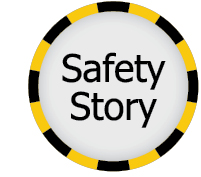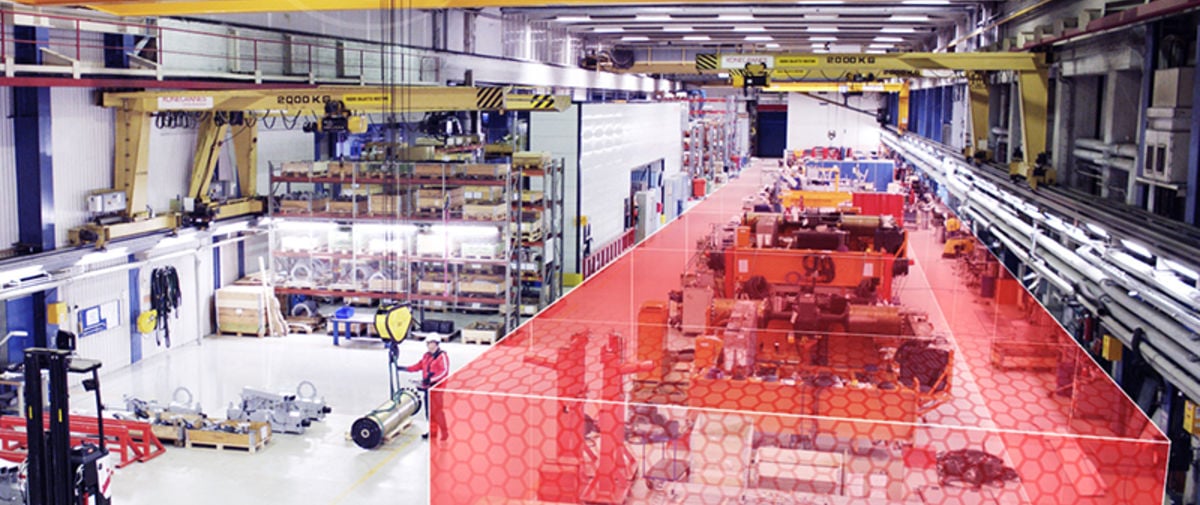 The U.S. Occupational Safety and Health Administration (OSHA) was created to ensure safe and healthful working conditions for workers by setting and enforcing standards. OSHA requires employers to keep a record of serious work-related injuries. This information helps employers, workers and OSHA evaluate the safety of a workplace, understand industry hazards, and implement worker protections to reduce and eliminate hazards. The following incidents were reported to OSHA.
The U.S. Occupational Safety and Health Administration (OSHA) was created to ensure safe and healthful working conditions for workers by setting and enforcing standards. OSHA requires employers to keep a record of serious work-related injuries. This information helps employers, workers and OSHA evaluate the safety of a workplace, understand industry hazards, and implement worker protections to reduce and eliminate hazards. The following incidents were reported to OSHA.
The incidents
Injuries sustained when loads strike stationary objects
A temporary employee utilized an overhead crane to move a concrete panel from one area to another. The panel started moving towards a post, and the employee put his hand on the concrete panel to stop it before hitting the post. His left hand was caught between the panel and the post. The employee sustained a crushing injury to the left hand.
An employee was using a 7.5-ton overhead crane to move a suspended load while holding onto the load with his right hand. The load weight plate—with his hand on it—then struck the back of a forklift, and his right index and middle fingers were lacerated.
An employee was using a floor-operated crane to haul a steel beam. The beam struck a stationary beam, which fell and pinned the employee's left leg. The employee suffered a torn ligament.
Preventive measures
Smart Features can reduce the risk of collisions
As these incidents show, crane loads striking objects and equipment can have a costly effect on your operation; in addition to injuring employees, it can cause damage to your valuable equipment and objects around it. Incidents like these may be prevented if the crane can be programmed to not enter certain areas or knows to stop when it gets too close to an object.
Konecranes Smart Features can do just that. Protected Areas allows you to define multiple three-dimensional areas that you don’t want the crane to enter, such as production machinery or storage areas. Working Limits will stop the crane when the load reaches preset ”virtual walls” that can be temporarily set up by the operator to protect items such as vehicles entering a plant for loading or unloading. These features reduce the risk of collisions between the crane and equipment or personnel thus increasing safety and minimizing the possibility of damage.
In the first incident in which a temporary employee was moving a concrete panel from one area to another, utilizing Protected Areas may have changed the outcome. A temporary employee may not be as familiar with an operation’s workfloor, but with Protected Areas, you can define an area the crane cannot enter rather than risk a workplace injury when an employee encounters an unexpected obstacle.
Protected Areas may have helped in the second incident. By defining that the crane is not allowed to enter the area where the forklift is kept, the employee would not have been able to get close enough for the load weight plate and his hand to strike the back of a forklift.
Similar to the first incident, the final incident could have been prevented by utilizing the Working Limits Smart Feature. Building a “virtual wall” at the location of the stationary beam would have caused the crane to automatically stop if it got too close, saving the beam from falling and pinning the employee’s leg.
These three incidents represent just a fraction of the ways Konecranes Smart Features such as Protected Areas and Working Limits can help increase safety and prevent possible damage. Not only do they help prevent collision between the crane and valuable equipment, they make a crane operator’s daily work easier and more efficient.
